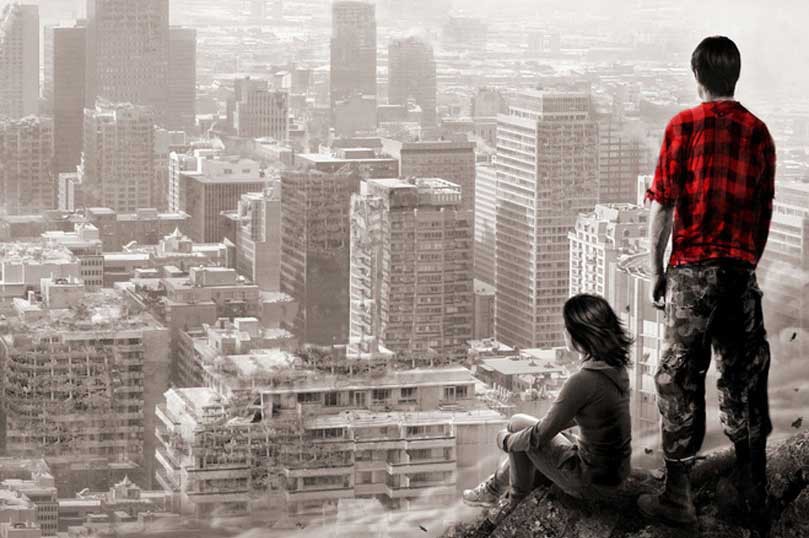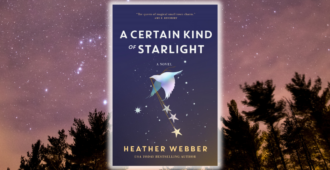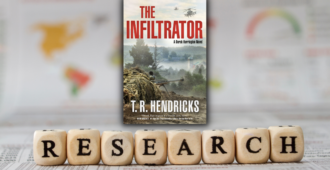I’m a fan of end-of-the-world type things. Post-apocalyptic things. Conspiracy theories. Doomsday forecasts. Those signs you always see outside big cities that warn that “HELL IS WAITING” or something along those lines—I eat that stuff up.
I’m not really sure why. I wasn’t a particularly paranoid child. My guess is that it happened somewhere in my teenage years when I realized the world was a HIDEOUS, AWFUL PLACE and that everybody is CRUEL and that adults have only one purpose: TO KILL FREE EXPRESSION. I suspect most young people feel this way at some point. Maybe we grow out of it. Maybe, like most things, we learn to live with it, like a chronic health condition, and gradually over time stop remembering why we were fighting everyone anyway. We become part of the machine. We follow the status quo. We look back on ourselves and say, “If I’d only known how easy I had it.”
But the truth is, it wasn’t easy. We were fighting then, and we’re still fighting, on one level or another. There’s always something bigger looming, threatening to terrorize, whether it be parents, or bills, or my empty gas tank. Or famine, and disease, and war. The world is a dangerous place with or without manmade barriers, and at the end of the day we’re all just trying to make it through.
To me, a dystopian story is just a magnification of the world we live in—a more extreme focus on the challenges we face every day—finding food, finding work, surviving. All of the frightening, negative things that we are confronted with—injustice, persecution, and mistrust—come to life in a bigger, bolder way. And though the world may be presented in a harsher light, a dystopian story actually highlights the amazing resilience of humanity. It forces characters to be stronger, wiser, and braver. To make choices that impact their survival, choices that, in the end, have potential to cause great growth. And in reading, dystopian fiction gives us hope that our struggles here, in this world, are not in vain.
This is what I hoped to accomplish with Article 5. I tried to create a setting in the aftermath of upheaval, where a new government had dissolved the separation between church and state. With characters who remember a time of freedom, but now must adapt to a society that dictates how to dress and behave, and what to believe. A society that punishes those who refuse to follow their moral regulations. An exaggeration of our own world, where norms and rules—some written, some unspoken—are observed and broken every day. Where we sometimes hurt people who are different, just because they are different.
But though Chase and Ember, the two main characters in Article 5, are confronted with the darkness of their changed world, they do not succumb to it. They are not unlike any of us. They make mistakes, they struggle with baggage, they are affected by what they must endure. But they also demonstrate a tenacity and resilience that gives me hope, and reminds me that if they are brave enough to survive their world, I am brave enough to at least attempt to survive mine.
…………………………
From the Tor/Forge February newsletter. Sign up to receive our newsletter via email.
…………………………
More from our February newsletter:
- The Curse of the Magic System by Yves Meynard
- A Preview of Girl Genius by Phil Foglio and Kaja Foglio
- Q&A with Claire Ashgrove







